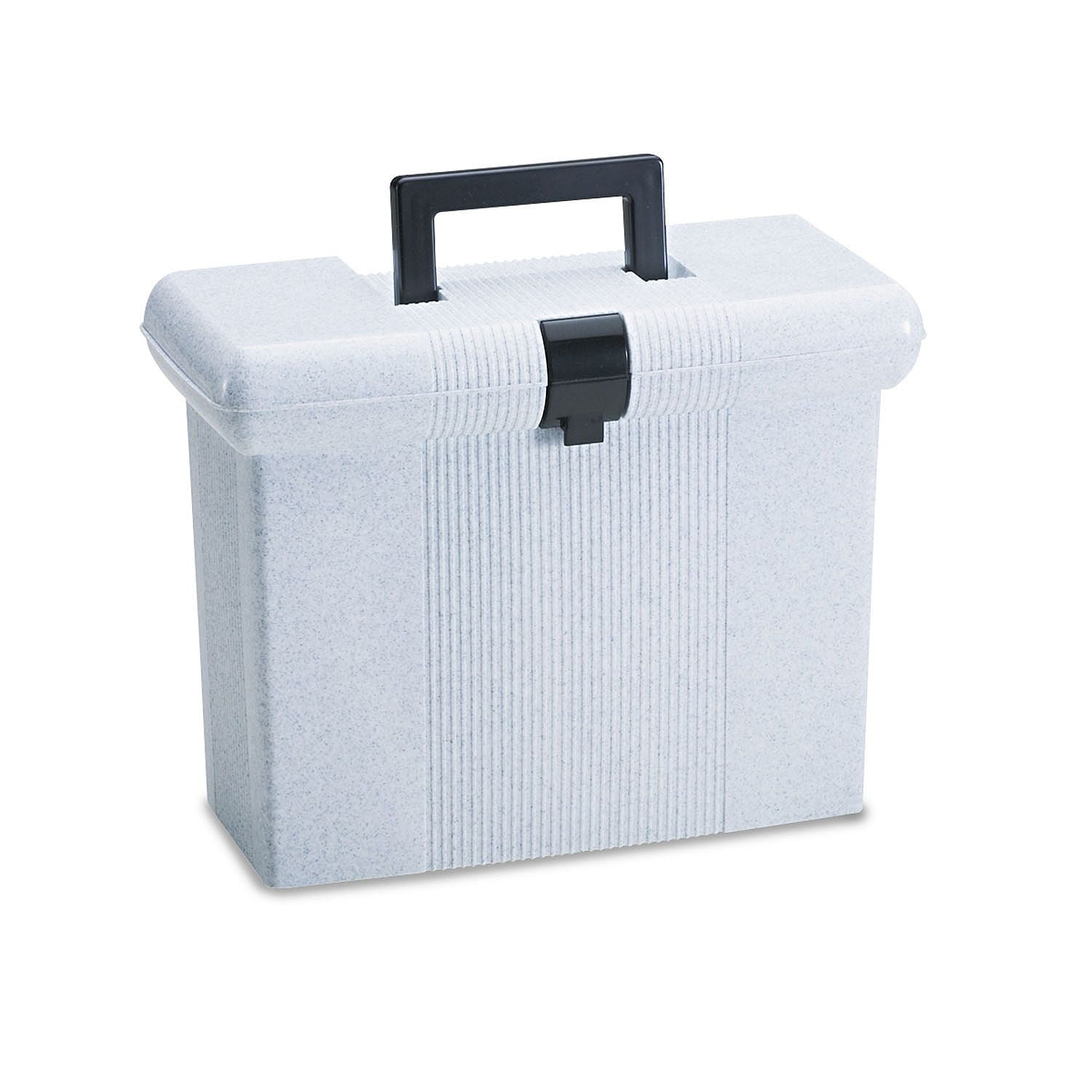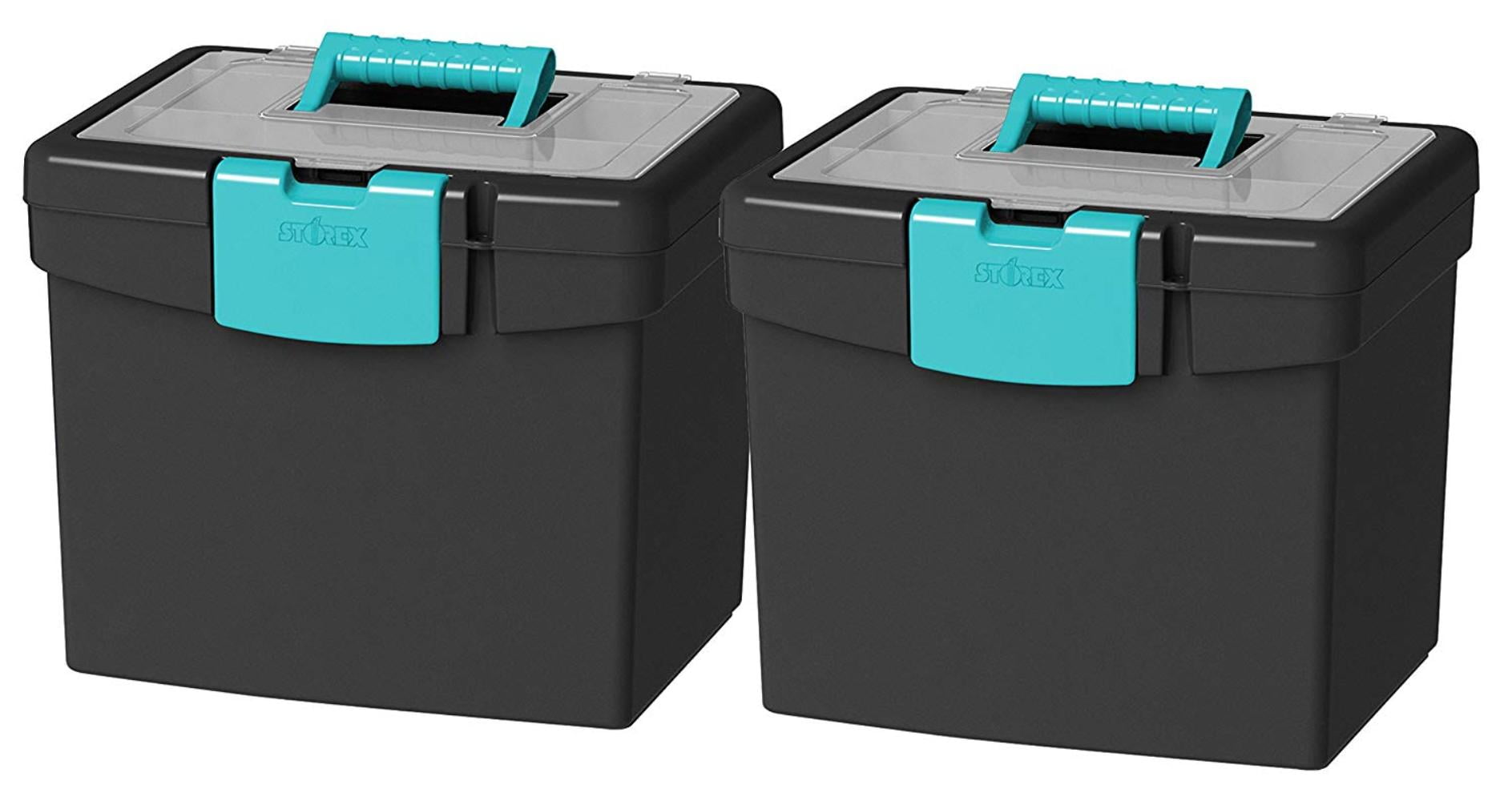
Az.Storage Automation Account – Import ModulesĪt the time of this writing, AzCopy is still not part of the Azure Automation Runbook.You need to import the following modules from the Modules gallery in the order given below: Click the Browse Gallery button to open the Browse Gallery page. Then from your automation account, select Modules under Shared Resources. In your list of Automation Accounts, select the account that you created in the previous step. In the next step, you need to import the required modules from the Modules gallery. Enter the automation account name, choose the right subscription, resource group, and location, and then click Create. As you begin typing, the list filters based on your input. In the list of resources, type Automation. Open the Azure Portal, and click All services found in the upper left-hand corner. When you create a Run As account, it creates a new service principal user in Azure Active Directory (Azure AD) and assigns the Contributor role to the service principal at the subscription level. Run As accounts in Azure Automation are used to provide authentication for managing resources in Azure with the Azure cmdlets. In this step, we will create an Azure automation resource with a Run As account. This will also make sure to respect the security access of your storage account without exposing access keys to users.
#File storage containers free#
To follow this article, you need to have the following:ġ) Azure subscription – If you don’t have an Azure subscription, you can create a free one here.Ģ) You need to have one or two different storage accounts either in the same region, same subscription, or in different regions and subscriptions.ģ) You also need to create at least one container in the blob storage and one Azure File Share in the same storage account, or across two different storage accounts.Ĥ) Last, you need to have some files in the container.Īssuming you have all the prerequisites in place, take now the following steps: Get startedįirst, we need to create an Azure automation account that will help you to automate the synchronization and the copy process without user interaction. > Copy files from one Azure storage account to another storage account.

> Sync between Azure Blob Storage and between Azure File Shares. > Copy between Azure File Share and Azure Blob Container. > Sync between two Azure File Shares for Disaster Recovery. Please make sure to check my previous articles if you have a different use case: In this way, we can run the container on a simple schedule to copy the data and only get billed for the time the container was used. However, using these tools comes with some fidelity loss that you want to be aware of such as (permissions and timestamps like the last modified time will be lost/changed).įor this article, I will make use of the AzCopy tool which is a command-line utility that you can use to copy/sync blobs or files to/from a storage account, and I will use Azure Container Instances to simplify and automate the AzCopy in Runbook which will run as part of the container. There are also other tools that you could use like AzCopy, Azure Batch, and Azure Data Factory that can help you move data back and forth.

You might also have other scenarios, please leave a comment below and share your use case.įor these kinds of scenarios, you have a couple of options, at the time of this writing, you could use Azure Databox Gateway which can sync with Blobs. In another scenario, you want to provide access to the users through an SMB file share by forcing NTFS ACLs on different data sets that you have in a blob container. You are storing data in Azure blob storage, and you have a line of business application (LOB) that can only read from SMB file share and not from blob container.
#File storage containers how to#
We decided to put this guide together to help many readers who have reached out to us and ask how to automate and copy data from Azure blob storage to Azure file share.


 0 kommentar(er)
0 kommentar(er)
